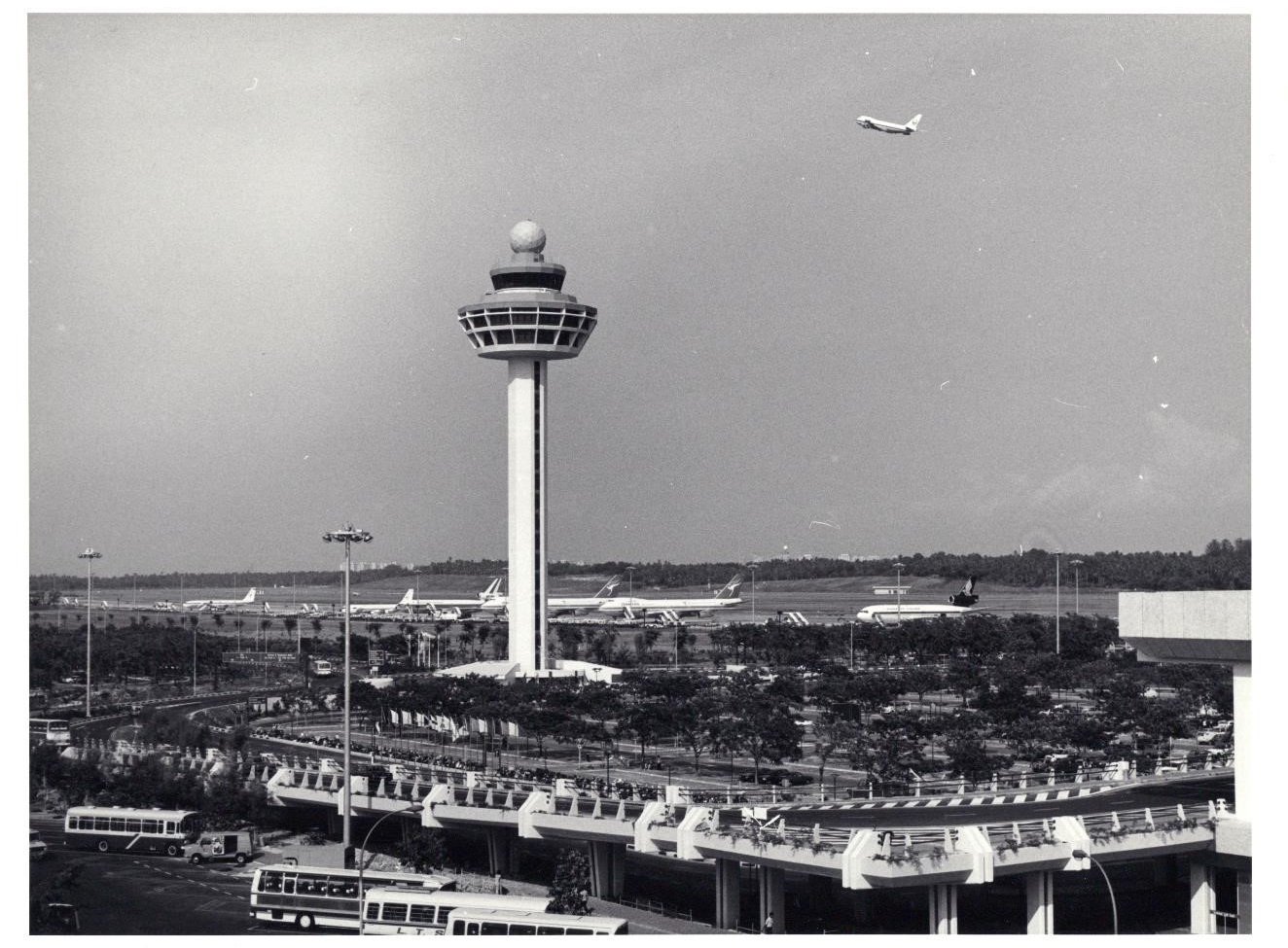





Jul 2021
By Kris Mok



Innovation and technology are important to Changi Airport’s progress. Changi Airport Group (CAG) has continued along its innovation journey despite the impact of Covid-19 on the air travel industry. In fact, with fewer vehicles at the airside, it has presented a good opportunity for CAG’s Airside Transformation Office to trial the transfer of baggage between aircraft and the baggage handling area (BHA) using autonomous tractors.
Airside workers engage in a multitude of tasks as part of airside operations. One major task is the transportation of passenger baggage between the aircraft and BHA. Baggage tractors, hence, constitute the largest fleet of vehicles at the airside.



An autonomous baggage tractor waiting for luggage to be loaded into the unit loading devices (ULDs) before transporting them to their departure flight.



After the autonomous baggage tractor delivers the ULDs to the aircraft bay, the ULDs are transferred onto a transporter, before being loaded into the aircraft.
To improve manpower productivity, CAG, together with the airside community, have been exploring technology to automate baggage transportation, so that workers can focus on last mile operations, which are more complex and difficult to automate. This will enable the airport to redesign and upgrade the job scopes of our airside workers.
The team embarked on the proof of technology trial for the autonomous baggage tractor in October 2020 and has since trialled the autonomous tractor in a live operational environment in Terminal 3. As a safeguard, a safety operator was deployed in the tractor during the trials. In the event that human intervention is required, the safety operator can stop the vehicle as necessary.
From August 2021, CAG will be partnering SATS to trial the autonomous baggage tractors on live flights with the support of CAAS. Observations from these trials will help Changi refine its thinking on the autonomous vehicle technology, infrastructure requirements and other enablers required to support autonomous vehicle movement on its airside.
Only through deep collaboration to redesign work processes and infrastructural policies, can autonomous vehicles function smoothly and seamlessly in the same environment with human-driven vehicles. Such productivity improvement and upgrading of airside roles are critical to enable Changi Airport and its partners to continue to grow our air hub when traffic gradually resumes.
The airside of the future that CAG envisions is one that is managed by skilled airside workers, augmented by autonomous vehicles delivering seamless operations. The strong support of the airside community will be a key criterion for success.
Other Articles

Building Changi from ground up – commemorating Changi’s 40th anniversary
Commemorating Changi’s 40th anniversary this July, we take a look back at the airport’s humble beginnings, how the decision was made to move from its former location and why it operates the way it does today.

The Fire in Us: The Changi fire fighter’s story
In this exclusive interview with CAG’s Chief of the Airport Emergency Service (AES) and his fire fighters, the three men shared how they keep their passion for fire flighting alive.

Growing Changi’s F&B business with Changi Eats
Since its launch, Changi Eats has strengthened its offerings and streamlined its operations to provide even better value to its customers. Here’s a look at how the food delivery business has expanded.

